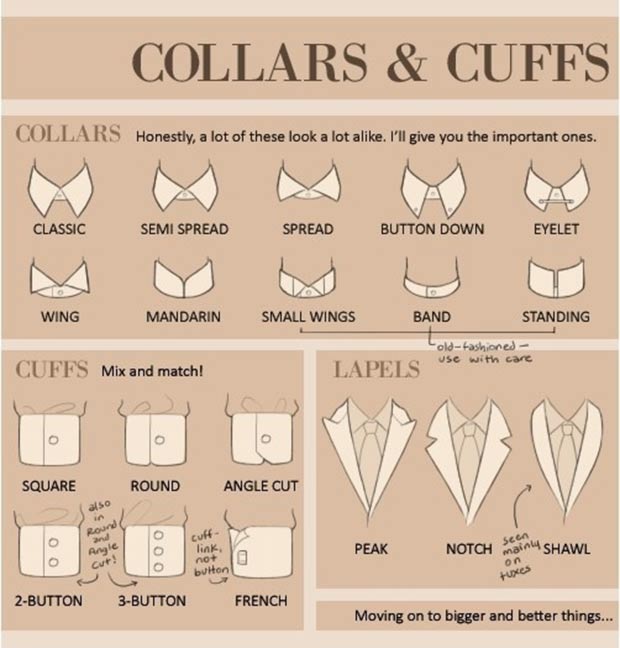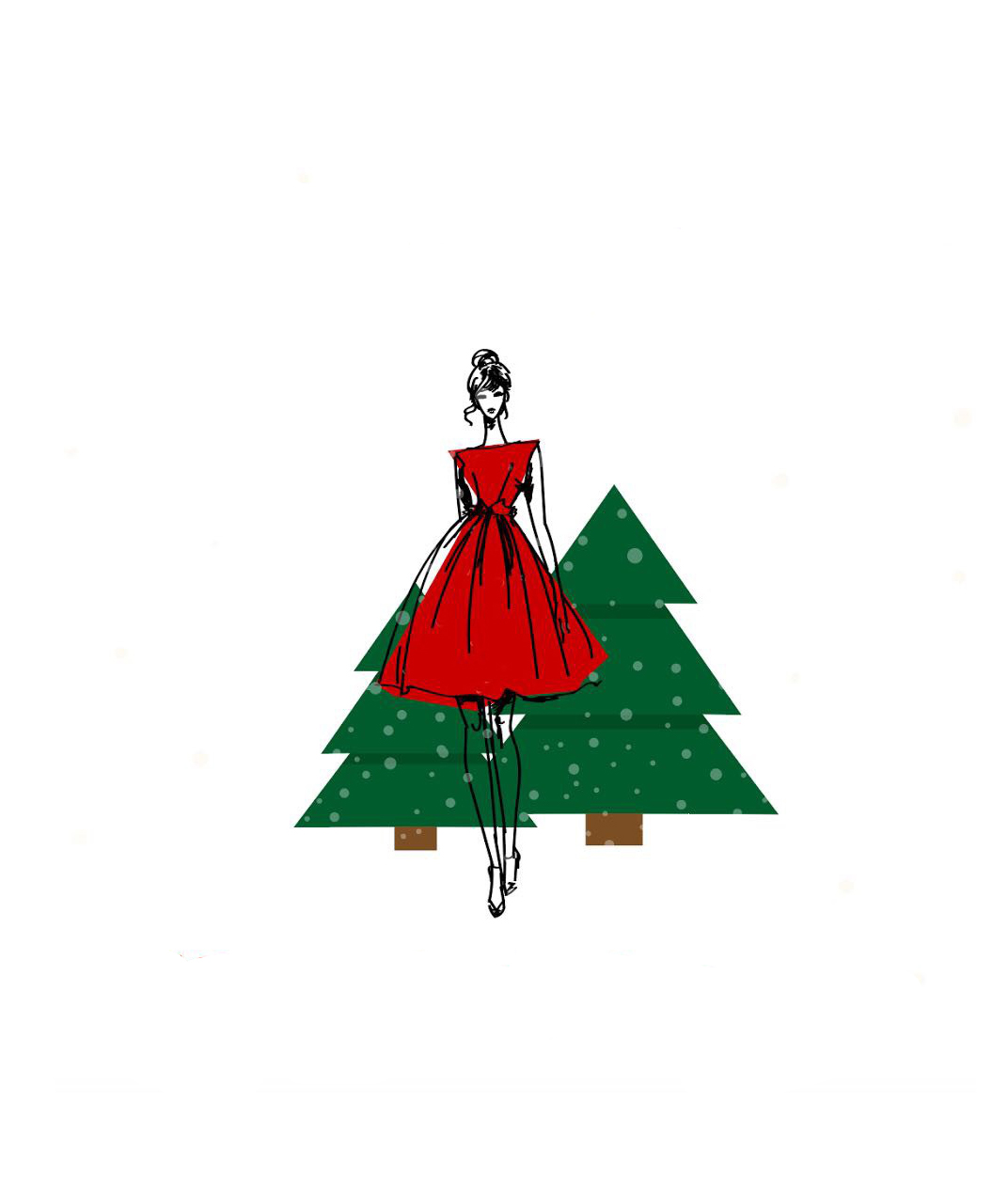Note: This is part of an ongoing series known as Suit 101.
A white shirt can create emotion, even if it is just a shirt. And if we look at shirt-making as an artform and an act of craftsmanship, then we began to sense the possibilities of making this staple…something special.
– Sonya Glyn Nicholson, Parisian Gentlemen
Bespoke shirts are no stranger to the man’s world — akin to how stilettos are no stranger to a woman’s world (Feminists may argue otherwise but let’s not get too deep here). Like shoes, a dress shirt — with its various permutations of patterns and colours — can give the entire outfit a fresh look. This could explain why some men own more than 30 dress shirts and only 3-5 suits.
The dress shirt is more important than the suit itself sometimes. When the weather is hot and the occasion does not call for a suit, the shirt speaks for itself and says a lot about the wearer.
Given the importance of the dress shirt, I shall cover it a la bite size pieces, starting with:
1. Why tailor made?
Bespoke shirts, though pricey, are worth the price paid. Buying off the rack may save one’s wallet but if it does not fit well, it can spell disaster and give a wrong impression.
Off the rack shirts are made for everyone. There lies the problem: it is made for everyone: everyone has shoulders but not everyone has the same degree of slope on their shoulders.

This calls for bespoke.
2. The fabric of a shirt
Various types of fabric can work for a shirt. Generally, fabrics can be understood as heavy or light. Examples of heavy fabric include flannel, denim and chambray, which is best worn for casual occasions. In a formal setting, a thinner and shinier fabric such as broadcloth and twill are more suitable.

Characteristics of each type of fabric:
a: Pima: Pima refers to the type of cotton, also known as Egyptian cotton. Generally, fabrics of these kinds results in a shirt with finer and thinner threads. Of course, anything with Egyptian means high thread count in the world of fabrics.
b. Dobby: Dobby fabric have fairly thick weave and can sometimes resemble twill when woven into a certain way. Stripes are common for the Dobby fabric.
c. Oxford Cloth: Extremely durable and best for sports. However, it is not ideal for dressy occasions.
d. Royal Oxford: With the sobriquet “pretty fabric”, you can pretty much figure out that it is shiny and best for formals.
e. Gingham: Anything checked and plaid is gingham. Though one could argue the same for melange fabrics.
f. Herringbone: Herringbone describes a variation of twill fabric with a unique V shaped weave. It is more common in suits than dress shirts though I have seen herringbone dress shirts
g. Broadcloth: Lightweight, smooth and flat describes the broadcloth fabric. It also has a simple weave pattern. Nothing is ever complicated with the broadcloth, except the fact that you might need an undershirt when wearing one.
h. Pinpoint Oxford: Pinpoint Oxford lies between the uber casual oxford cloth and the ultra dressy royal oxford, but apparently it is not dressy enough for a formal occasion.
3. The configuration of a shirt
Shirts, like suits, come in various forms and fits. There are around 12 types of collars for shirts and 6 forms of cuffs.

Some lapels and cuffs may suit some individuals better than others. For instance, the spread can give a port person a taller look whereas the button down can make a tall person look more approachable.

A cuff with an angle cut conveys professionalism (due to the sharpness of the cuff) whereas French cuffs are best for formal occasions.
Different cuffs (collars) for different looks.
And of course, shirt plackets!

Formal occasions usually call for concealed plackets (known as the fly front) but of course, seamless ones look good too.


I personally prefer the seamless 🙂
4. The fit of a shirt
There are different types of fits and each play a different role.

The image above demonstrates two common fits of shirts: slim fit and regular fit. Slim fit shirts also come in other permutations: it is not peculiar to find extra slim fit shirts these days given the demand for clothing that can accentuate the male form.
On the other hand, the classic fit is more suited for work and formal settings (one may argue otherwise but it really depends on whether the establishment or event calls for a conservative dress code).
5. Notable shirtmakers in Italy
Posts after posts have proven to me that Italy is truly the land of bespoke!
Several publications have named Napoil tailor, Luigi Borrelli as one of the best bespoke shirtmakers in the world. Luigi Borrelli has its roots from seamstress Anna Borelli, who started tailoring shirts since 1904. Apart from the fact that Borrelli is commissioned to make shirts for royalty once upon a time, their shirts are made not only for practicality (stronger, studier buttons) but also better fit with Neapolitan flair (three point stitch anyone?)

But citizens up at the North fret not for they have Lorenzini, which is founded almost a century ago! Lorenzini may have a large part of the shirtmaking automated as time progresses but Lorenzini, by no means, produce inferior products. Funny enough, Lorenzini makes shirts for a lot of brands such as Ralph Lauren and Hugo Boss. 🙂
I hope you enjoy the series thus far. See you next week! <3
Source: The Parisien Gentlemen, Real Men Real Style, WSJ, Forbes




